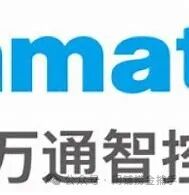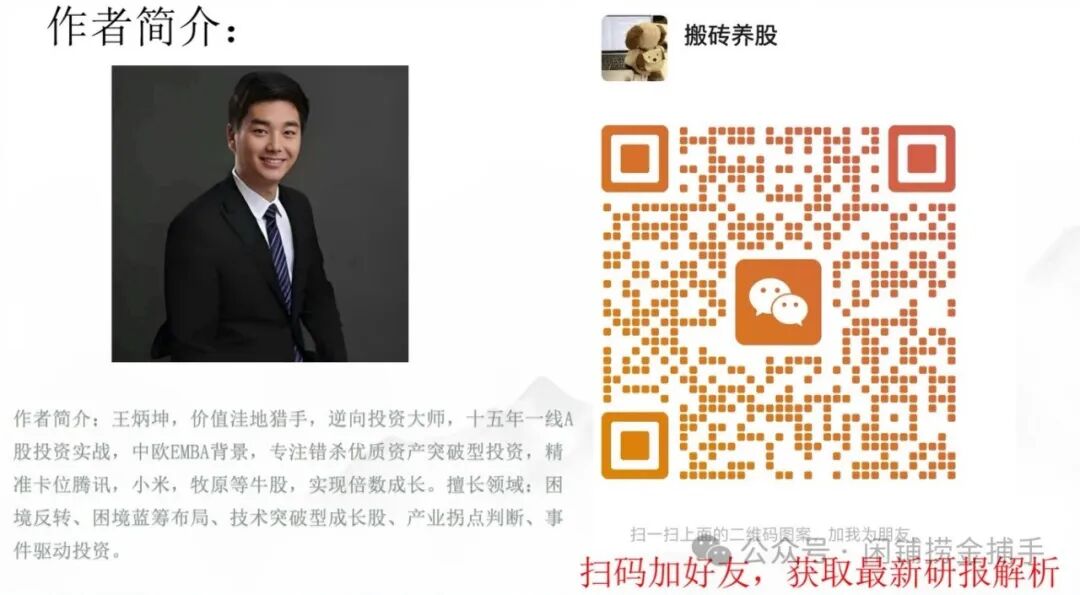The frenzy of ETC concept stocks in 2019 is still fresh in memory, with leading stocks like Jinyi Technology and Wanjie Technology soaring several times within a year, driven by the explosive market brought about by mandatory policy installations. A similar scenario is now unfolding in the Tire Pressure Monitoring System (TPMS) industry. Since 2020, China has mandated the installation of TPMS in new vehicles, with the market scale jumping from 2 billion to over 10 billion. As one of the industry leaders, Wantong Intelligent Control has also seen a rapid increase in its stock price.
However, the policy dividend is often accompanied by fierce competition. Looking back at 2019, Wantong Intelligent Control’s TPMS product gross margin was as high as 59%, but by 2024, it has dropped to 34.54%. This decline is attributed to intensified industry competition and reflects the company’s challenges in cost control and technological innovation. How to maintain competitiveness after the policy dividend fades has become a key issue for Wantong Intelligent Control.
In-depth Analysis of 8 Key Factors
1. Exchange Rate Fluctuations: A Double-Edged Sword
As a company with 80% of its business in exports, exchange rate fluctuations are crucial for Wantong Intelligent Control. In the first quarter of 2025, the RMB depreciated by about 5% against the USD, resulting in an exchange gain of approximately 20 million yuan, directly driving a 36.36% year-on-year increase in net profit. However, the uncertainty of exchange rates also brings risks. In 2023, the company hedged about 60% of its exchange rate risk through forward foreign exchange contracts, but still has some exposure to fluctuations.
2. Industry Policy Support: The Tailwind of New Energy Vehicles
By 2024, the penetration rate of new energy vehicles in China has reached 47.6%, with policy subsidies and trade-in policies continuously ramping up. Wantong Intelligent Control’s TPMS products have a penetration rate of over 90% in new energy vehicles, making it one of the biggest beneficiaries. Additionally, the company has also ventured into new energy vehicle sensors, such as battery pressure sensors and motor temperature sensors, which have gross margins 5-8 percentage points higher than traditional TPMS.
3. Technological Advancements: The Breakthrough of Domestic Substitution
For a long time, TPMS chips have been dominated by international giants like Infineon and NXP, accounting for over 40% of product costs. However, domestic companies like Ningbo Panjie have achieved mass production of TPMS chips, with prices 20% lower than imported products. Wantong Intelligent Control has reduced chip procurement costs by 15% through collaboration with Panjie and plans to launch self-developed chip samples in 2025.
4. Competitive Dynamics: The Life-and-Death Race of Baolong Technology
In the TPMS OEM market, Baolong Technology is Wantong Intelligent Control’s biggest competitor. In 2024, Baolong Technology’s TPMS revenue reached 1.24 billion yuan, with a market share of about 35%, while Wantong Intelligent Control’s revenue was 820 million yuan, with a share of 23%. However, Wantong Intelligent Control performs better in overseas markets, with a market share of 18% in North America, higher than Baolong’s 12%.
5. Supply Chain Management: The Moat of Overseas Bases
To cope with trade frictions, Wantong Intelligent Control has established production bases in Mexico and Hungary, achieving 90% localized production for the North American market, avoiding 25% tariffs. In the first quarter of 2025, the company’s overseas revenue proportion increased to 85%, with North American market growth of 28%.

6. R&D Investment: A Double-Edged Sword of Technological Barriers
In 2024, Wantong Intelligent Control’s R&D investment was 46.57 million yuan, a year-on-year decrease of 12.69%, with R&D accounting for 4.3%, lower than the industry average of 5.5%. This is mainly because the company has shifted resources towards new energy sensors, reducing R&D investment in traditional TPMS. However, the decline in R&D investment may affect long-term competitiveness, necessitating attention to the market performance of new products in the future.
7. Industry Consolidation: The Game of Big Fish Eating Small Fish
The concentration of the TPMS industry is increasing, with the top five companies accounting for 68% of the market share in 2024, up 15 percentage points from 2019. Wantong Intelligent Control acquired the German company Wancom, gaining access to the high-end vehicle market, with orders for high-end models like BMW and Mercedes-Benz increasing by 40% in 2024.
8. Market Penetration: The Imagination Space from 100% to 200%
The penetration rate of TPMS in new vehicles has reached 100%, but the penetration rate in the aftermarket for existing vehicles is less than 10%. Wantong Intelligent Control has partnered with Tuhu Car Maintenance to launch a “99 yuan installation of TPMS” campaign, leading to a 120% revenue growth in the aftermarket by 2024. Additionally, the company is applying TPMS technology to commercial vehicles and motorcycles, expanding new growth points.
Future Predictions: Three Major Risks and Opportunities
Risk 1: Intensified Price Wars
In 2024, the average price of TPMS products decreased by 8% year-on-year, with industry gross margins falling to 25%. Wantong Intelligent Control’s gross margin remains at 34.54% due to scale effects and overseas layout, but if price wars continue, profit margins may be further compressed.
Risk 2: Policy Withdrawal
In 2025, the new energy vehicle purchase tax exemption policy will be halved, which may affect overall vehicle sales. If the growth rate of vehicle sales slows to below 5%, the demand for TPMS will be under pressure.
Opportunity 1: The New Battlefield of Smart Vehicles
Wantong Intelligent Control is developing a multi-functional sensor that integrates tire pressure, temperature, and humidity monitoring, expected to be mass-produced in 2026, with a unit price reaching twice that of traditional TPMS. Additionally, the company’s vehicle networking module has entered the Tesla supply chain, with related revenue expected to grow by 150% in 2024.
Opportunity 2: Expansion into Overseas Markets
The TPMS penetration rate in the North American market has reached 95%, but there is still room in the aftermarket. Wantong Intelligent Control plans to increase its share of the North American aftermarket from 5% to 10% by 2025, which is expected to bring an additional 200 million yuan in revenue.
The story of Wantong Intelligent Control is a microcosm of a traditional manufacturing enterprise transforming amidst policy dividends and technological changes. In the short term, exchange rate fluctuations and price wars are the main risks; in the long term, the expansion into smart vehicles and overseas markets will determine its ceiling. For investors, this is a company that requires “a microscope to look at the present and a telescope to look at the future.”
If you find this article helpful, feel free to follow my account for continuous sharing of in-depth industry analysis and investment logic. You are also welcome to leave comments to discuss the future potential of Wantong Intelligent Control. Remember to bookmark for easy review! (Disclaimer: This article is a personal diary and does not constitute investment advice. All views expressed in the article represent personal positions and do not have any guiding effect.)
(Disclaimer: This article is a personal diary and does not constitute investment advice. All views expressed in the article represent personal positions and do not have any guiding effect.)